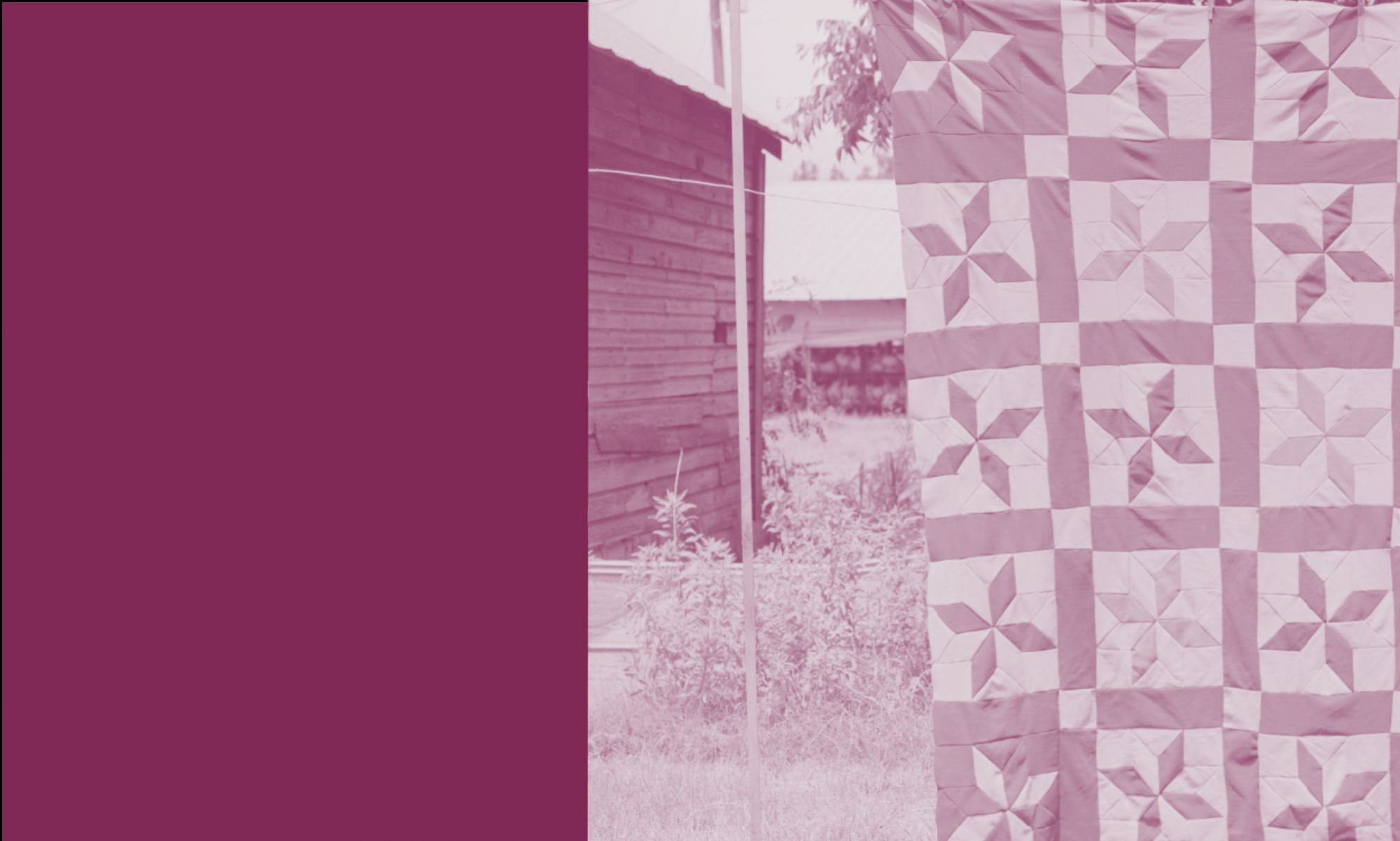This summer, the Digital Library of Georgia released several new grant-funded newspaper titles to the Georgia Historic Newspapers website. Included below is a list of the newly available titles.
Titles funded by the Chattooga County Historical Society with a grant from the Tillotson-Menlo Charitable Foundation, Inc
Titles funded by the Forsyth County Public Library
Titles made available as part of the Georgia Newspaper Project Born Digital Project
- Advance (Vidalia), 2022
- Banks County News, 2022-2023
- Barrow News-Journal, 2022
- Braselton News, 2021
- Champion (Decatur), 2014-2016
- Flagpole (Athens), 2012
- Georgia Post (Knoxville), 2013-2016
- Jackson Herald, 2021-2022
- Herald-Gazette (Barnesville), 2021
- Islander (St. Simon’s Island), 2008-2014
- Lee County Ledger (Leesburg), 2021-2022
- Madison County Journal (Hull), 2021
- Monroe County Reporter (Forsyth), 2008-2011
- Oglethorpe Echo (Crawford), 2022
- Pike County Journal and Reporter (Zebulon) 2021-2022
- True Citizen (Waynesboro), 2023
Titles funded by the Georgia Public Library Service
Titles digitized in partnership with Georgia State University Library
Titles digitized in partnership with Kennesaw State University Museums, Archives and Rare Books
Titles funded by Mercer University Libraries
Titles funded by the Middle Georgia State University Library
Titles funded by the National Digital Newspaper Program with a grant from the National Endowment for the Humanities
Titles digitized in partnership with the Taylor County Historical-Genealogical Society
Titles funded through a grant from an anonymous donor


